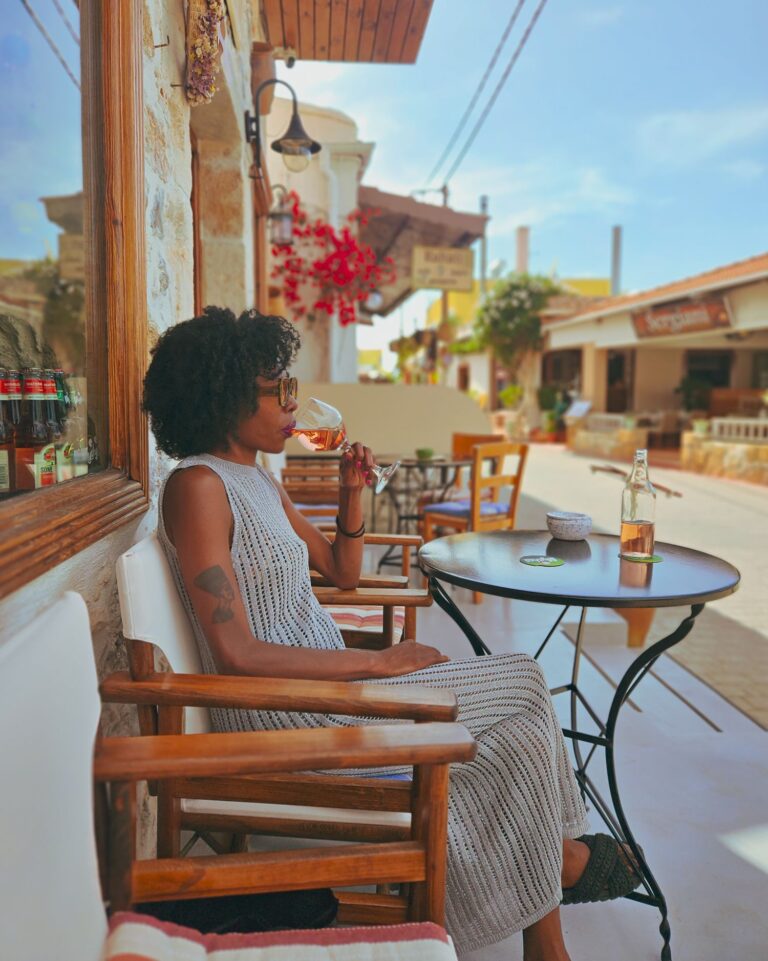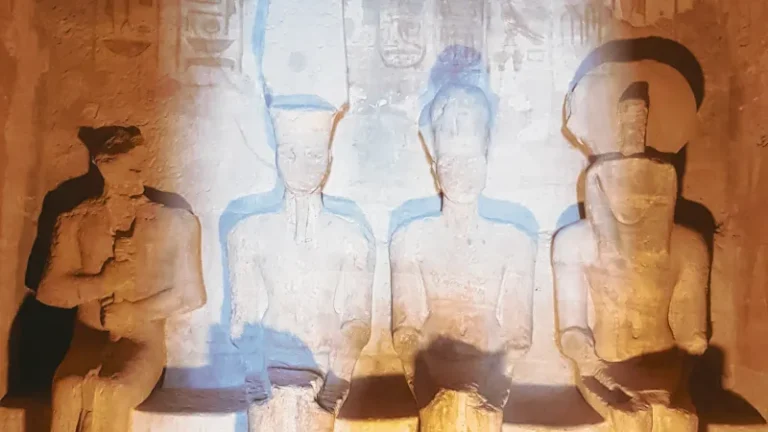While wandering the streets of Havana, it is possible to believe that the numerous young men and women fully clad in white are on their way to a Catholic confirmation. After all, is Cuba not predominantly a Catholic country? I queried the look with my tour guide, to which his brief response was “Santería”.
Intrigued and pressing further, the vague analysis given was that Santería is a religion, of which the individuals I observed were converts. They also wore sacred beaded necklaces and bracelets, each with a different colour associated with a specific deity. Although I found this all very interesting, I could not explore Santería any further on this occasion – my visit was brief as I flew over from Jamaica for a long weekend. For my next Cuba visit, I intend to explore further the roots and practices of Santería with the hope of attending a ceremony. But before I come back to you with that story, let’s have a brief look at this unique religion.
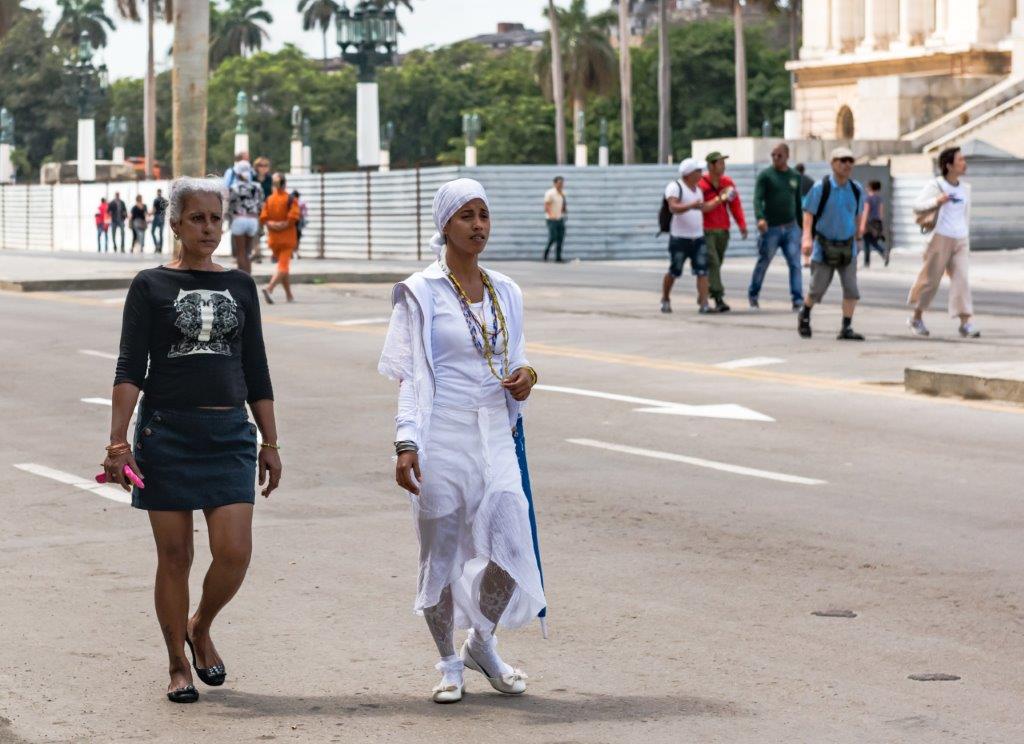
What is Santeria?
Santería, also known as “the Way of the Saints”, is a religion, the origins of which lead back to the Yoruba tribes of West Africa. Primarily practised in Cuba, Santería was brought over by enslaved Africans during the transatlantic slave trade. Subsequently, due to the migration of numerous Cubans following the Revolution in 1959, the practice disseminated wider to further parts of Latin America and the United States.
As enslaved Africans were forbidden to practice their own religion in Cuba, they integrated aspects of Christianity into their practices as a façade, to avoid persecution. In order to maintain their culture and religion, they honoured festivals such as All Saints Day, but this was merely a cover to worship their own deities, known as Orishas. As a result, this paved the way for the religion to thrive. But being practised in secret also meant the absence of religious text such as a bible or Quran. Therefore, Santería has primarily survived orally, passing down through generations.
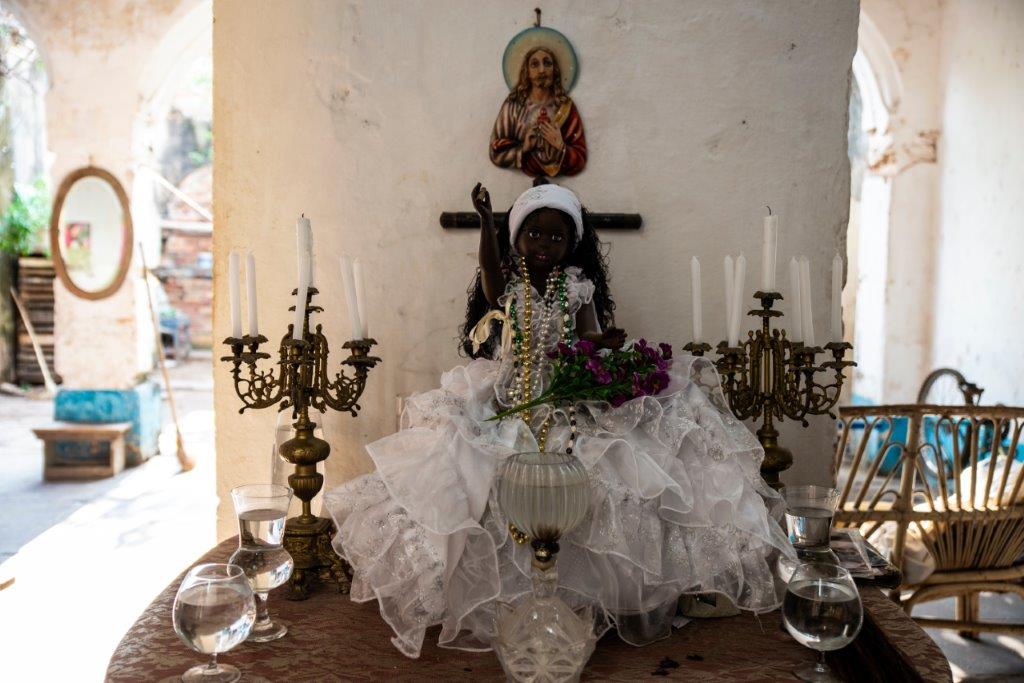
Beliefs and practices
It is important to note that followers of Santería believe in one God (Olodumare). The Orishas are demigods with specific human characteristics and represent forces of nature. For example, goddess Oshun, who many compare to the Greek god Aphrodite, represents love, femininity, beauty and sexuality. You may recognise this Orisha as being portrayed by Beyoncé in Black is King. Each individual is assigned a specific Orisha who will form their personality, guiding them through life.

Orishas are the mediums through which priests, known as Babalawos, speak to God by conducting ceremonies. Followers of Santería believe the Orishas are saints and messengers of God. Furthermore, it is believed that if sacrifices are made to them, they will perform miracles, blessings and restore balance in the individual’s life. Ceremonial offerings include cooked food, cigars, fruits, rum and occasionally, animal sacrifices such as chickens.
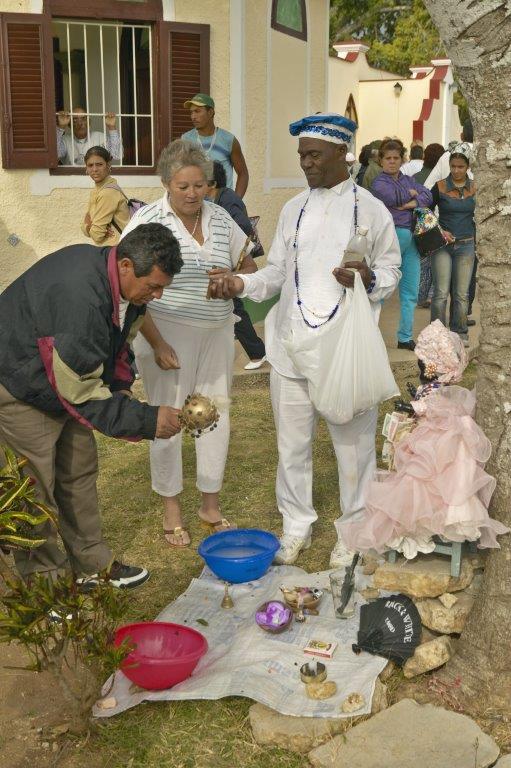
Although revolutionary Cuba was initially critical of Santería, it has, over recent years, become more tolerant of the practices. Today, ceremonies take place not only in homes, as there are no official temples, but also in public. It is, therefore, not unusual to witness Santeria practices taking place while strolling the streets of Santiago de Cuba – home to Cuba’s largest Afro-Cuban population. These ceremonies usually include dancing, chanting, and drumming.
So, what’s with the white?
Converting to Santería means being born into a new faith. For this reason, it is typical to see new converts wearing full white for the first year of initiation. Further restrictions imposed for the duration of the initial year are dependent upon the individual’s assigned Orisha. These include, but are not limited to, abstinence from alcohol, eating from specific utensils and staying in at night.
It’s worth noting that a significant amount of the people I witnessed in white did not seem to be Afro-Cuban. Santería has gone from being outlawed to being preserved and accepted by various ethnicities. Consequently, around 80% of Cubans now follow some form of Santería practice. To this day, you may still find statues of Catholic saints alongside Orisha symbols.
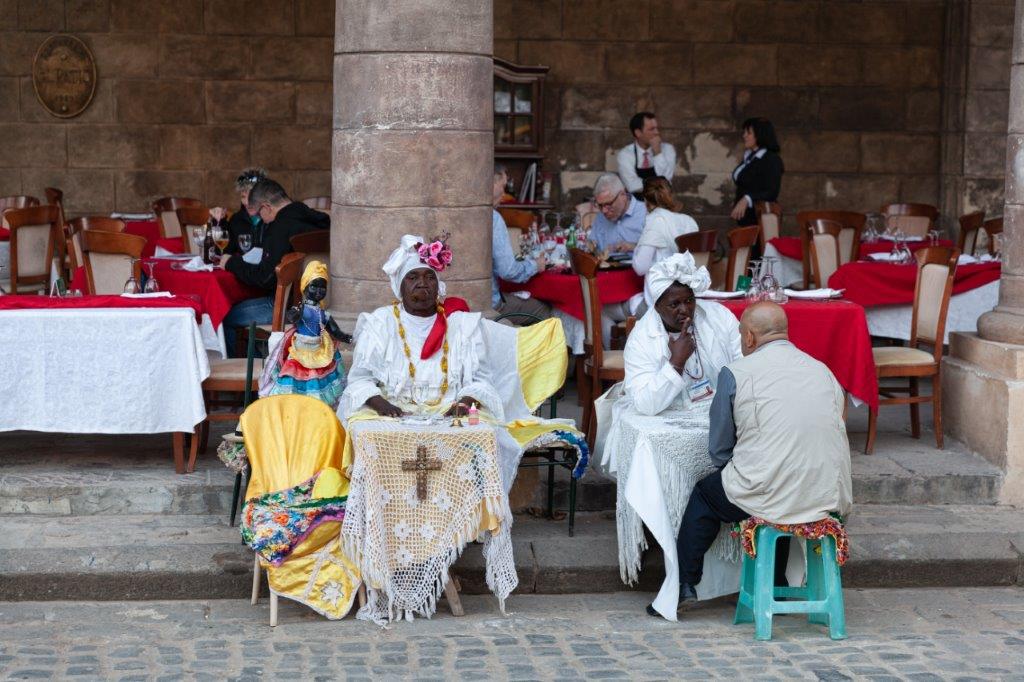
From my observations, Santería is as prevalent as Catholicism in Cuba and most definitely the dominant religion in some areas of the island. Undeniably, the Afro-Cuban population have been revolutionary in maintaining their African spirituality and culture despite such challenging circumstances. A feat to be commended as this is something that few Caribbean islands have successfully achieved.
Going to Cuba and want to know more about Santería? Book a tour








